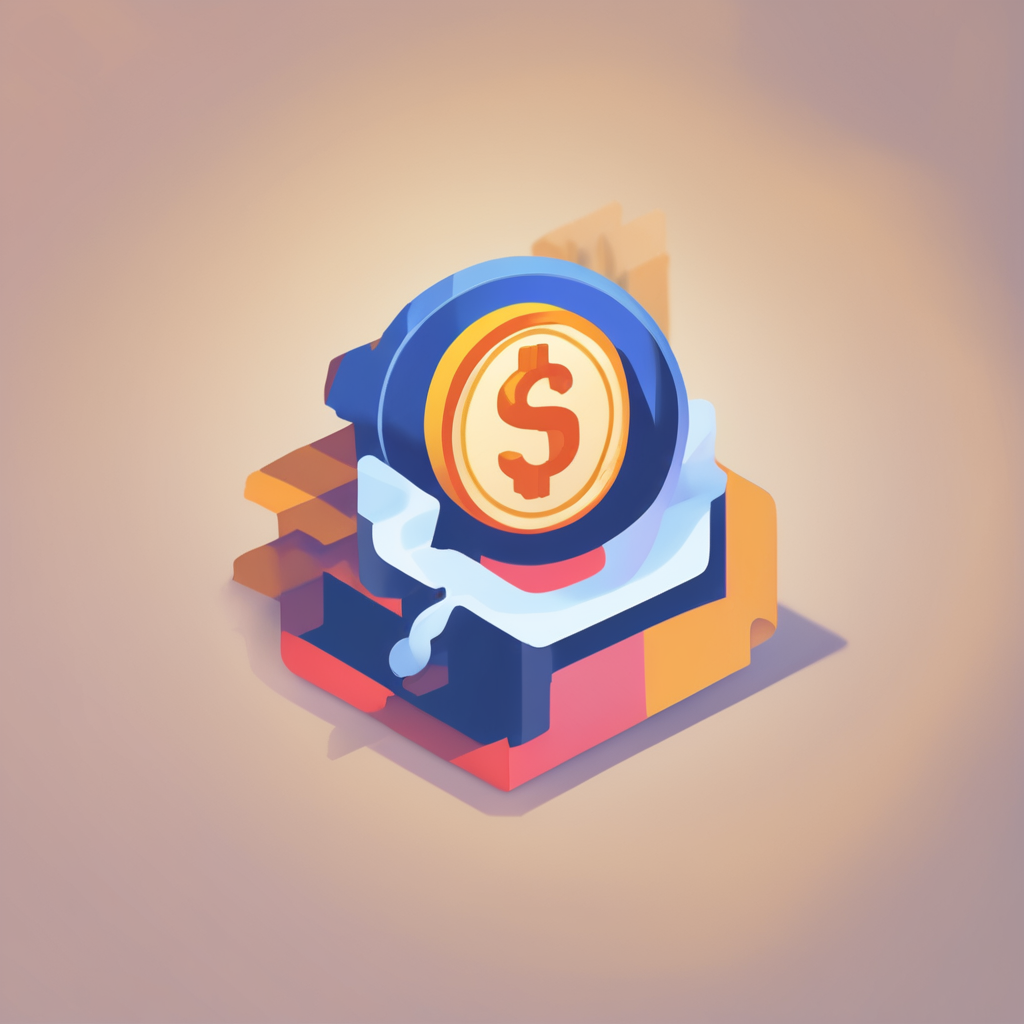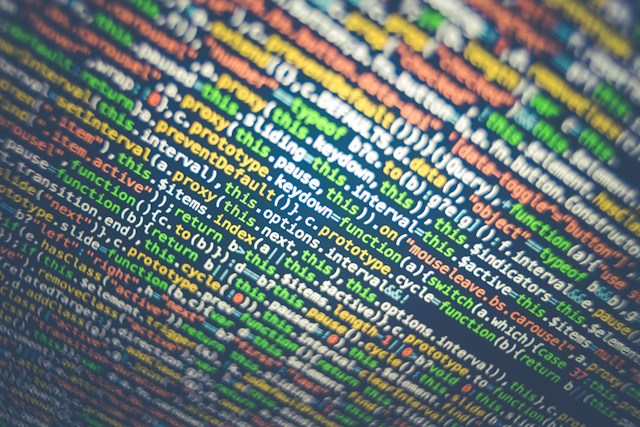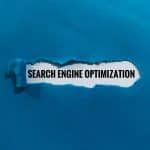In a world constantly pushing the boundaries of innovation, technological advancements – particularly those powered by Artificial Intelligence (AI) – are making a significant impact on various sectors. A prime example is the translation industry. Language translation, once primarily reliant on human translators, is now being revolutionized by AI-powered translation tools. These latest advancements in language technology are not only boosting the quality and accuracy of translations but also providing real-time solutions to overcome language barriers.
While machines are optimizing the translation process, they face the challenge of understanding cultural nuances and ethical considerations. So, does machine translation pose a threat to human translation? Or is it an asset that can complement and enhance the services provided by human translators? Let’s delve deeper into the whirlwind of AI-driven language translation.
A lire aussi : AI transcription and subtitle generator: the essential tool
The Rise of Machine Translation
Machine translation is not a new concept. However, it has drastically evolved over the years, thanks to AI and machine learning. Today, you can translate a piece of content in real time with the help of tools like Google Translate. These tools utilize neural machine translation technology, a type of machine learning that has revolutionized the translation industry.
Machine translation tools are designed to decipher patterns and analyze data. They are capable of translating entire sentences at a time, instead of translating word by word. This leads to better translation quality since the context is well maintained. Moreover, with the constant inflow of data, these tools are continually learning and improving, hence increasing their accuracy over time.
A voir aussi : The ethical implications of AI in criminal justice systems
Despite the advantages, machine translation is not without its pitfalls. It struggles to comprehend cultural nuances and ethical considerations, which are paramount in the translation process. This is where human translators outshine machine translation.
The Unmatched Value of Human Translation
Human translators bring a unique perspective to the table. They understand the subtleties of languages and cultural nuances that an AI-powered tool might overlook. This leads to more personalized and relatable translations, ensuring the essence of the original content is never lost.
While machines translate based on algorithms and patterns, human translators translate based on understanding and experience. They comprehend the emotional and cultural context, and incorporate it into translations. Moreover, they can make ethical considerations, an aspect where machines significantly lag behind.
However, it’s worth noting that human translation can be time-consuming and susceptible to errors. The efficiency and speed of AI-powered translation technology can aid human translators in overcoming these hurdles.
Blending Human and Machine Translation
The future of the translation industry lies in striking the right balance between human translators and machine translation. Combining the strengths of both can result in high-quality translations in a shorter time frame. Human translators can use AI-powered tools to get rough translations, which they can then refine by adding cultural nuances and ethical considerations.
More importantly, the blend of human and machine translation paves the way for translation localization. Localization is more than just translating content; it involves adapting the content to the cultural, societal, and ethical perspective of the target audience.
Conclusion: The Future of Language Translation
In conclusion, AI has indeed revolutionized the language translation industry. Machine translation, powered by advanced algorithms and machine learning, is providing real-time solutions to overcome language barriers. However, the quality of a translation is not determined solely by its accuracy. Understanding cultural nuances and making ethical considerations are equally important.
While machines offer speed and accuracy, human translators bring cultural understanding and ethical considerations to the table. Therefore, the future of language translation is not about choosing between human and machine translation, but rather about harmonizing the two. By blending the capabilities of AI-powered tools with the unique expertise of human translators, the industry can ensure high-quality, culturally sensitive, and ethically sound translations in a quicker and more efficient manner.











